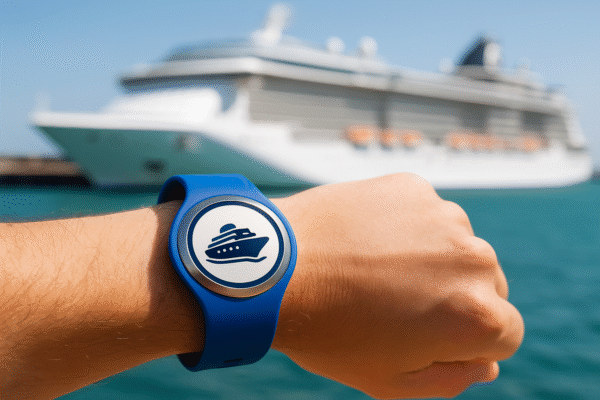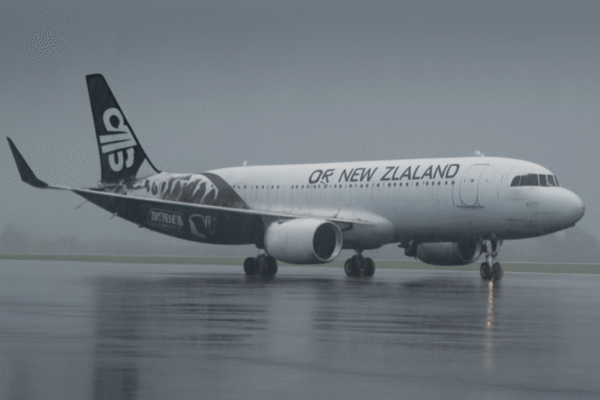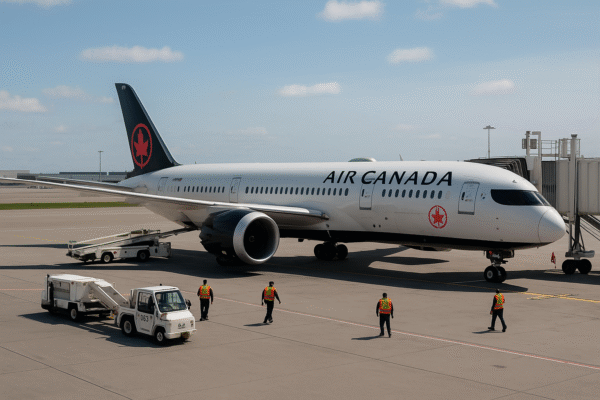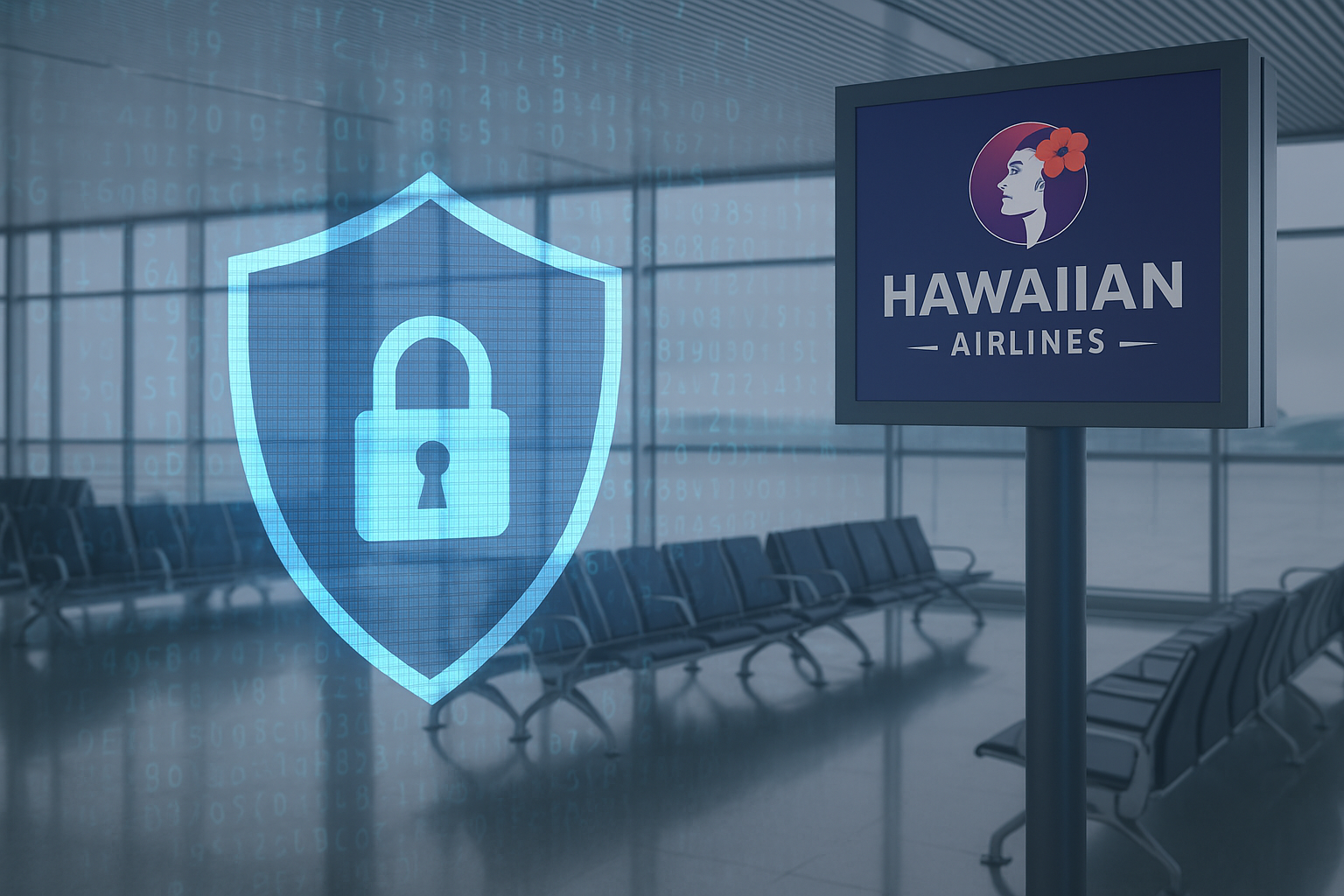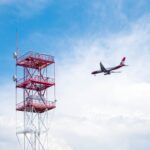Hawaiian Airlines Cyber Breach Raises Alarm for Aviation’s Digital Future
Hawaiian Airlines has confirmed a cybersecurity breach affecting its internal systems, prompting swift precautionary measures while flight operations remain unaffected. The incident, disclosed on Thursday, mirrors a similar breach recently experienced by Canadian carrier WestJet, spotlighting the aviation industry’s vulnerability to rising cyber threats. Despite the disruption to some internal functions, Hawaiian Airlines assured passengers that safety and operational continuity were preserved, with no delays or cancellations reported.
This breach underscores the critical challenges airlines face as they increasingly rely on digital infrastructures to manage complex daily operations—ranging from ticket bookings and check-ins to flight coordination and baggage handling. As technology adoption accelerates in the aviation sector, so too does the risk of malicious cyber intrusions capable of compromising sensitive systems and eroding passenger trust.
Immediate Response and Passenger Reassurance
Hawaiian Airlines acted swiftly following the breach, deploying internal IT specialists alongside third-party cybersecurity experts to contain and assess the incident. According to a joint statement issued by Hawaiian Airlines and its parent company, Alaska Airlines, precautionary safeguards were immediately put in place to shield ongoing operations.
“The safety and security of our guests and team members is our top priority,” the airline emphasized. The company confirmed that its flights were running on schedule and that passenger data had not yet been confirmed to be compromised. These reassurances come at a time when travelers are increasingly concerned about the safety of their digital footprint while flying.
By remaining transparent and maintaining uninterrupted services, Hawaiian Airlines aimed to bolster passenger confidence, even amid heightened scrutiny of airline cybersecurity protocols.
Collaboration with Authorities and Cybersecurity Professionals
In partnership with federal authorities and cybersecurity firms, Hawaiian Airlines is undergoing a thorough forensic investigation to determine the source and scale of the attack. Though details of the affected systems remain undisclosed, the airline confirmed that experts are evaluating potential vulnerabilities and applying stronger digital firewalls.
The Federal Aviation Administration (FAA) has also stepped in to closely monitor the situation. The agency confirmed that there has been no impact on aviation safety and that Hawaiian’s operational response met the necessary security standards. FAA’s oversight emphasizes the critical role of federal governance in ensuring that airlines maintain stringent digital defenses while preserving public safety.
Sector-Wide Implications and Industry Response
Cybersecurity breaches in aviation are no longer isolated incidents. The back-to-back cyberattacks on Hawaiian Airlines and WestJet reflect a broader trend that is raising red flags across the industry. Experts warn that the aviation sector has become an increasingly attractive target for cybercriminals due to its heavy reliance on interconnected IT systems.
Airlines today depend on vast, real-time data flows to manage everything from aircraft maintenance to passenger check-in. A single breach can potentially trigger cascading failures, affecting not just one airline but also airport operations, partner networks, and even cross-border aviation coordination.
“Airlines must now treat cybersecurity on par with aircraft safety,” said a senior aviation analyst. “Digital attacks can paralyze core systems and damage brand trust even without physical consequences.”
Proactive Defense Strategies Going Forward
In light of the breach, Hawaiian Airlines is reviewing its current cybersecurity strategy to implement more advanced and proactive tools. These include real-time threat detection systems, multi-factor authentication, and the deployment of artificial intelligence to identify unusual activity patterns.
Moreover, experts stress the importance of cross-sector collaboration. Airlines, cybersecurity vendors, airports, and regulatory bodies must establish integrated frameworks to share threat intelligence and ensure rapid response capabilities across borders.
Staff training also forms a cornerstone of effective cyber defense. From frontline employees to IT personnel, ongoing education about phishing, malware, and access protocols can minimize human error—often the weakest link in cybersecurity chains.
A Call for Industry-Wide Standards
The breach at Hawaiian Airlines adds urgency to the call for standardized cybersecurity protocols across global aviation. While some regions have enacted aviation-specific digital security regulations, a harmonized approach is still lacking. Initiatives like the International Air Transport Association’s (IATA) cybersecurity guidelines are gaining momentum, but experts argue for more enforceable regulations.
Passengers, meanwhile, can play a role by maintaining vigilance when interacting with airline platforms, using strong passwords, enabling two-factor authentication, and avoiding public Wi-Fi during digital transactions.
Conclusion: Building Digital Resilience in the Skies
While Hawaiian Airlines averted major disruptions in the wake of its cybersecurity breach, the incident serves as a critical wake-up call for the aviation industry. As airlines embrace digital transformation to improve efficiency, convenience, and personalization, they must also invest in robust cybersecurity defenses to protect their digital assets and safeguard public trust.
The aviation sector’s future depends on its ability to secure the invisible pathways of data that support every takeoff and landing. By adopting proactive strategies, engaging with regulators, and maintaining transparency with travelers, airlines like Hawaiian can transform cyber challenges into opportunities for strengthened digital resilience.
For more travel news like this, keep reading Global Travel Wire


